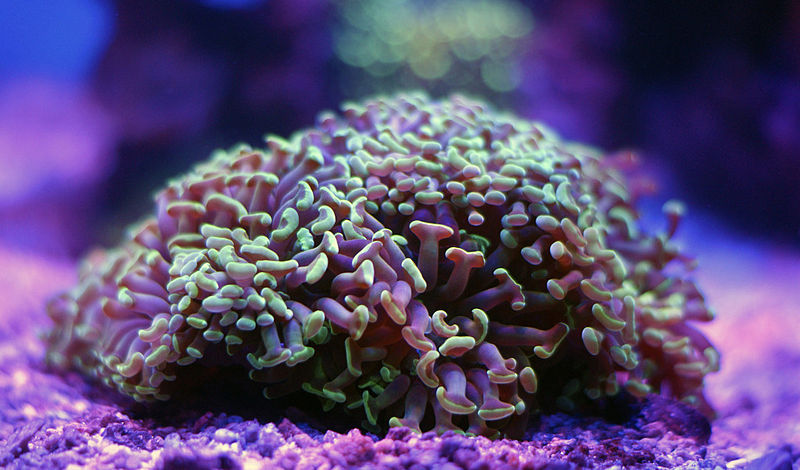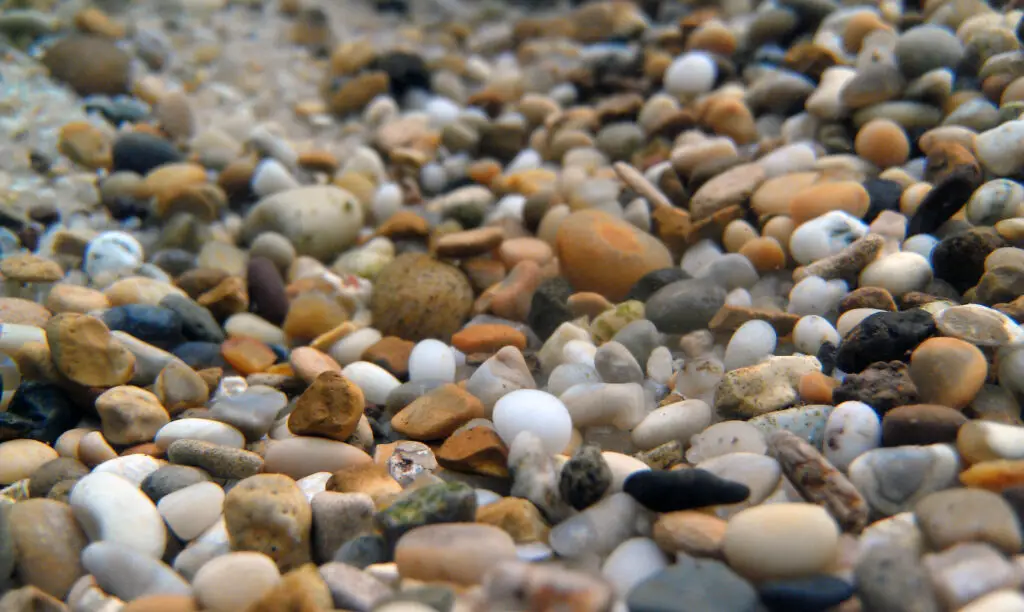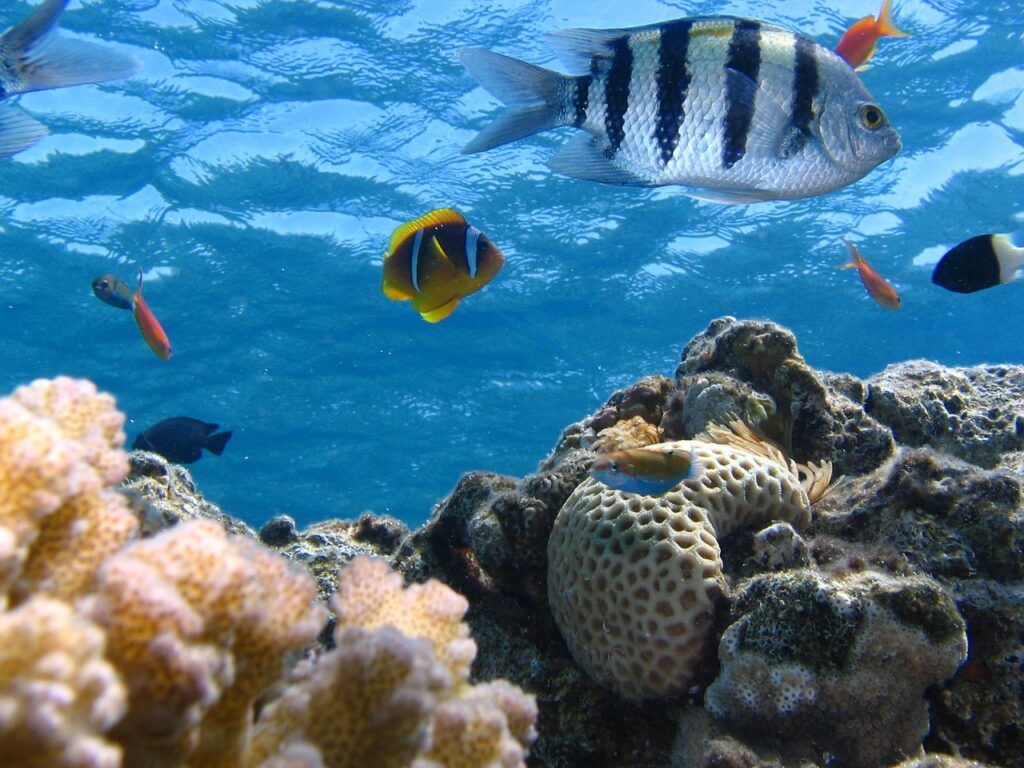Introduction
Hammer corals will eat a wide variety of different foods, and often are happy enough picking up scraps dropped by fish and floating around in the tank. However, many people do feed their hammer corals, often with things like silversides (for larger corals), crushed fish food pellets, little bits of fleshy foods like shrimps and salmon, brine shrimps, and mysis.
A lot of people do not directly feed their hammer corals, but doing so can be beneficial and may help your coral when it is settling into a new tank or if it has got sick or been attacked by something. If you are keen to feed your coral, you can do so, but be aware that hammer corals are not voracious feeders.
What Type Of Food Do Hammer Corals Eat?
Hammer corals eat meaty foods, and depending on the size of your coral and how often you feed it, you can give it things like shrimps, bits of salmon, half silversides, or even whole silversides for a large coral.
On the whole, your hammer coral will simply pick up the bits and pieces it wants from the tank; when you feed the fish, lots of flecks of food will end up being left over, drifting through the water, and getting caught by the coral.
A lot of people do spot feed their corals, however, because doing so helps to boost their strength and may improve their growth. It also ensures they are getting enough to eat even if you keep the tank very clean.
You can crush up foods to give them to small hammer corals, or provide larger pieces if your coral is big. Make sure that it can take the food in; it should be small enough to be easy to manage. Smaller is always better than too big.
How Big Do Hammer Corals Get?
It is hard to say exactly how big a hammer coral can get, but some have been found in the wild that are over a yard wide. However, you are unlikely to see this occur in your aquarium; it would be very unusual for a captive coral to grow to this size.
That said, it is quite likely that a hammer coral will take up a lot of space within the tank, spreading to fill all the suitable areas. Hammer corals are quite aggressive corals, and they are not a great option for people who are new to the hobby, despite their attractive colors.
Don’t add a hammer coral to your tank unless you have read up on them and you understand how to keep them in control. While their quick growth is a great way to add bold colors to your seascape, you need to be aware of how fast they can take over.
How Do Hammer Corals Spread?
Hammer corals spread in a couple of different ways, and most people who have these in their tank will find that they take over quickly. It is rare for them to reproduce sexually, although they do have both male and female gametes, and they can do so.
Instead, they usually spread by growing their skeleton ever larger, increasing the amount of the rock surface that they cover, or by budding. Budding means that a small group of the polyps will detach themselves from the main mass of the hammer coral.
These polyps will take a portion of the hammer coral’s skeleton with them when they detach, and will drift through the tank until they settle on a new, suitable patch of rock. The clump will attach itself to the rock and start enlarging itself by feeding on debris in the tank – and you will soon have a new colony of hammer coral in that area too.
Hammer corals can spread through the tank very quickly using this method. You can also frag hammer corals if you want to actively increase and distribute the colonies. This can be done by cutting or sawing off a healthy section of the growth, dipping it in an iodine solution, and gluing it to a suitable rock.
Different kinds of hammer corals may need slightly different approaches for successful fragging, but this will encourage the corals to spread through the tank more quickly if you find that your hammer coral isn’t spreading as fast as you would like.
How Often Should You Feed Hammer Corals?
Remember, in a healthy tank, you probably won’t need to feed your hammer coral much; it will pick up everything it needs from the debris in the tank.
However, if you want to give your hammer coral food, you can do so. It is best to do this at night, when the fish are mostly asleep or inactive, otherwise they may simply steal the food from the coral.
You can feed your hammer coral as often as once per week if you like, simply squirting mysis or brine shrimp into the polyps. You might find that it helps to turn off the pumps while feeding, so that the food doesn’t get washed away before the coral has time to eat it.
You may find that your coral doesn’t need food this often, and won’t hold onto it. If it is getting plenty of food from the surrounding water, it is more likely to reject spot feeding.
If it does, wait for another week or so before trying again. The only risk of over-feeding is that you will make your tank dirty, but remember that corals don’t need enormous amounts of food to stay healthy and to grow.
Some people only feed their hammer corals when the corals are first added to the tank or when they specifically want to encourage growth. Your coral should survive fine without being fed as long as the tank is healthy.
Conclusion
Hammer corals eat high-protein foods like tiny shrimps, scraps of fish food, and bits of salmon. You can spot feed your corals, or just let them pick up bits and pieces dropped by other tank inhabitants; the coral should thrive either way.



